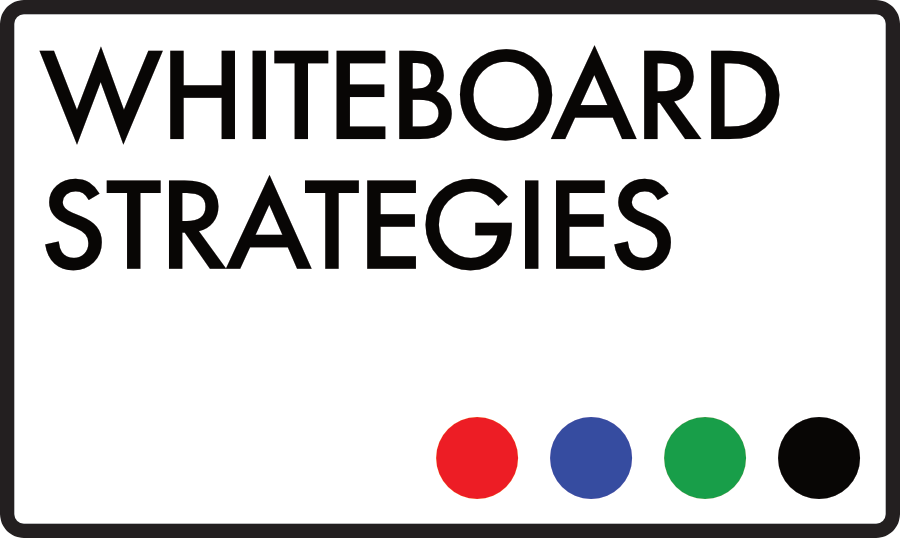It’s looking like it might, isn’t it?
,
A very old friend of mine has just accepted a (so far top-secret) job at a global sales organisation. Nothing too unusual about that. The reason why it’s all a little bit James Bond at the moment is that he will be heading up a team of computer scientists and high-flying techies who are being hired solely to transform the way this organisation sells. We’re talking some genuine talent writing software, prototyping and testing new hardware, creating structures and systems that might just tear up the selling rulebook and write a new one.
,
Now, that company may be the very first to smell the heady tang of opportunity all over IoT-ready tech and widespread connectivity, but I’m sure they’re not alone in making giant leaps towards a more digitally integrated way of selling. It sounds simple, but the implications for the whole industry are mind-blowing.
,
I read that rarest of things this week—a LinkedIn article that didn’t want to make me cry with boredom. In a genuinely interesting and insightful piece, someone floated the idea that something like Amazon’s recently introduced re-order ‘dash buttons’—real-world ordering buttons for often-used items like washing powder and coffee that you press for a one-click reorder when your supplies are running low—could essentially be automated and built in to new products, software or services.
,
That’s a big idea. No more housekeeping for reps—no more chasing renewals, no more review meetings, no more bad (or deliberately misleading) last-minute ROI reports. Just a server, data centre, wind turbine, network or whatever approaching capacity or end of life, and automatically reviewing how efficient it has been, whether a renewal, replacement or extension is cost-effective, and then automatically requesting sign-off on the most financially favourable next step.
,
So products and services could use banked performance data to actively create and develop sales opportunities. Nothing falling through the gaps or getting pushed to the bottom of the pile. No f*ck ups, no dropping the ball. Your own product or service could see the opportunity, examine the potential options, effectively create a business case and recommend the most viable to the client. Not only that, but digitally modelling a product or service and running simulations of its lifecycle can allow organisations to use data to pre-empt problems and inefficiencies, work out how long they might take to develop, and clearly demonstrate the benefits of early replacement or timely upgrading with the client.
,
That’s how digital transformation can disrupt sales—not by using data to support a traditional pitch, but by using data as the pitch. It could create a completely new paradigm, one in which trust is replaced by hard numbers, speculation by data.
,
Interestingly, Sales leaders (who have spent the last decade just trying to get their teams to integrate basic CRM systems into their workflows) seem to be taking a backseat on this one. But maybe it’s looking so revolutionary precisely because it’s coming from outside of Sales, being looked at by techie eyes that see Sales as just another set of strategies, systems and processes that need improving.
,
This isn’t a movement that might tweak the current system or work out ways of supplementing it with technology—it’s one that might just burn it down, tear it to bits and build something better. It could see the end of enablement teams, and a real sorting of wheat from chaff in Sales teams. It may even see the radical overhaul of hiring and onboarding that the world of Sales has been crying out for for years.
,
So where will salespeople fit into this brave new world? I’ve been chewing this over. Winning a customer from a competitor who is providing them with hard-data-driven insight and watertight financial and performance metrics might be near impossible, but it might be where the human relationships that have always been at the heart of Sales would provide the only chink in the armour… initial pitches would still be needed for making first contact with clients, and for selling in the initial offering, so in-person pitches would be rarer but more vital than ever… We’ll see, won’t we. Exciting times.
,
Follow Whiteboard Strategies or connect with Mark on LinkedIn, or sign up to The Edwards Update now for monthly insight, delivered straight to your inbox.
,
– Tom @WSL

Recent Comments